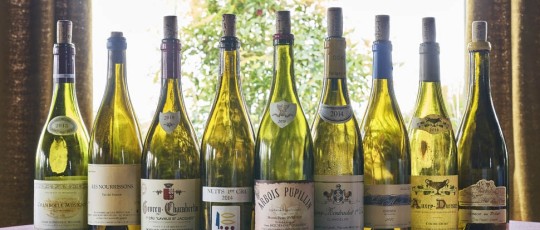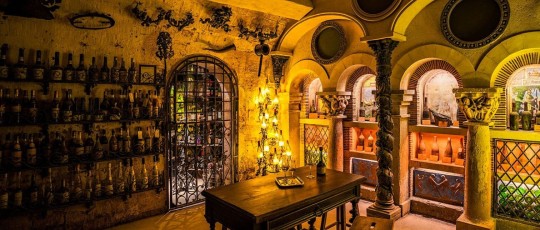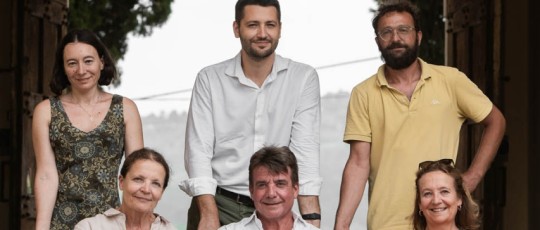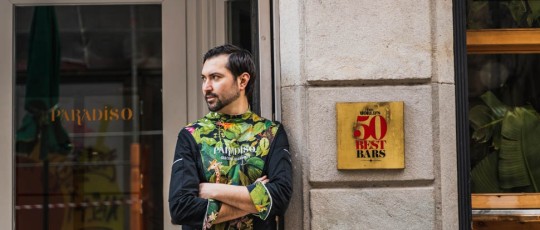In Egypt, in the coastal city of El Alamein, a 3rd-century BC cargo carrying wine from Greece, submerged for 2000 years, has been brought to light. It originated from Greece but sank after hitting a reef.
The discovery
An archaeological mission has resurrected the remains of an ancient ship, discovered in the Mediterranean waters off the Egyptian coastal city of El Alamein. The Egyptian Ministry of Tourism and Antiquities made the announcement on Facebook, highlighting that the wreckage, found about 650 meters from the shore along with clay amphorae, dates back to the 3rd century BC.
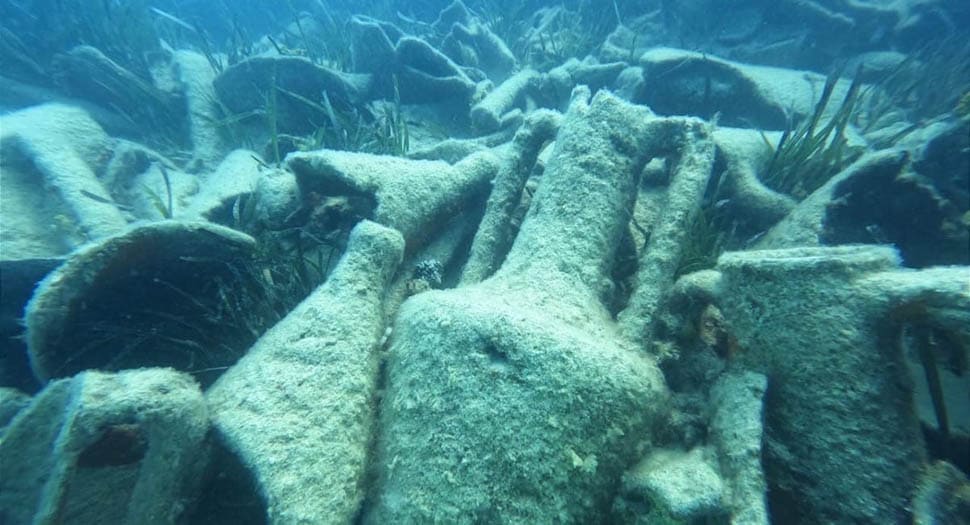
The discovery was made by Hussein Malik, an engineer and owner of a private marine survey company, who recently conducted surveys along the coast of El Alamein. Archaeologists, as reported by Mostafa Waziri, the Secretary-General of the Egyptian Supreme Council of Antiquities, believe that the ship was used for transporting wine between Greece and Egypt. The initial findings included sections of hull planking and hundreds of ceramic fragments. Most of the pottery was found on an underwater island, suggesting that the vessel likely sank after colliding with an island reef.
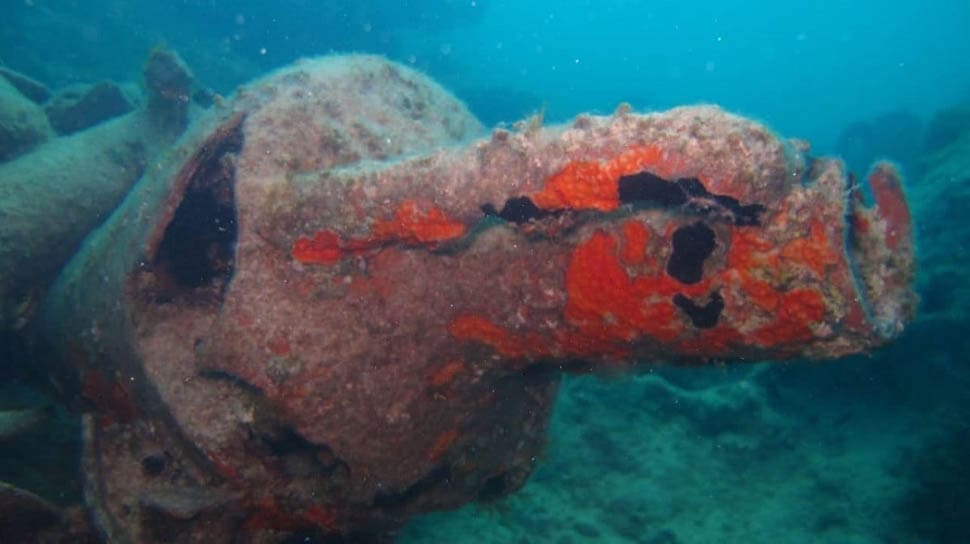
"This discovery underscores the commercial significance of the El Alamein region and the northern coast of Egypt in the 3rd century BC, a time when the area was rich with trade ports," stated Waziri. The region featured some of the busiest ports, regularly receiving ships carrying goods from southern Europe, which were then transported to other markets further south. The ministry recalled that during the 3rd century BC, products like wine, olives, and grains were among the most common.
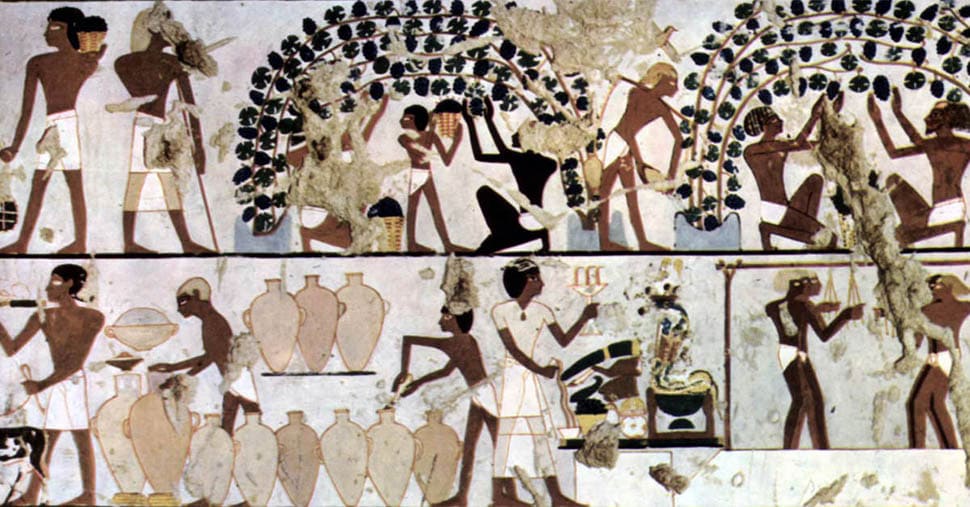
With over 30 commercial ports, villages, and cities, Egypt's northern coast was one of the busiest trade routes in the world during this era marked by emperors Aurelian, Caracalla, and Septimius Severus. The Emirati newspaper "The National," reporting on the discovery, emphasized that the Mediterranean waters remain an ongoing archaeological site, with numerous findings by archaeologists working along the 1000-kilometer stretch of Egypt's northern coast.
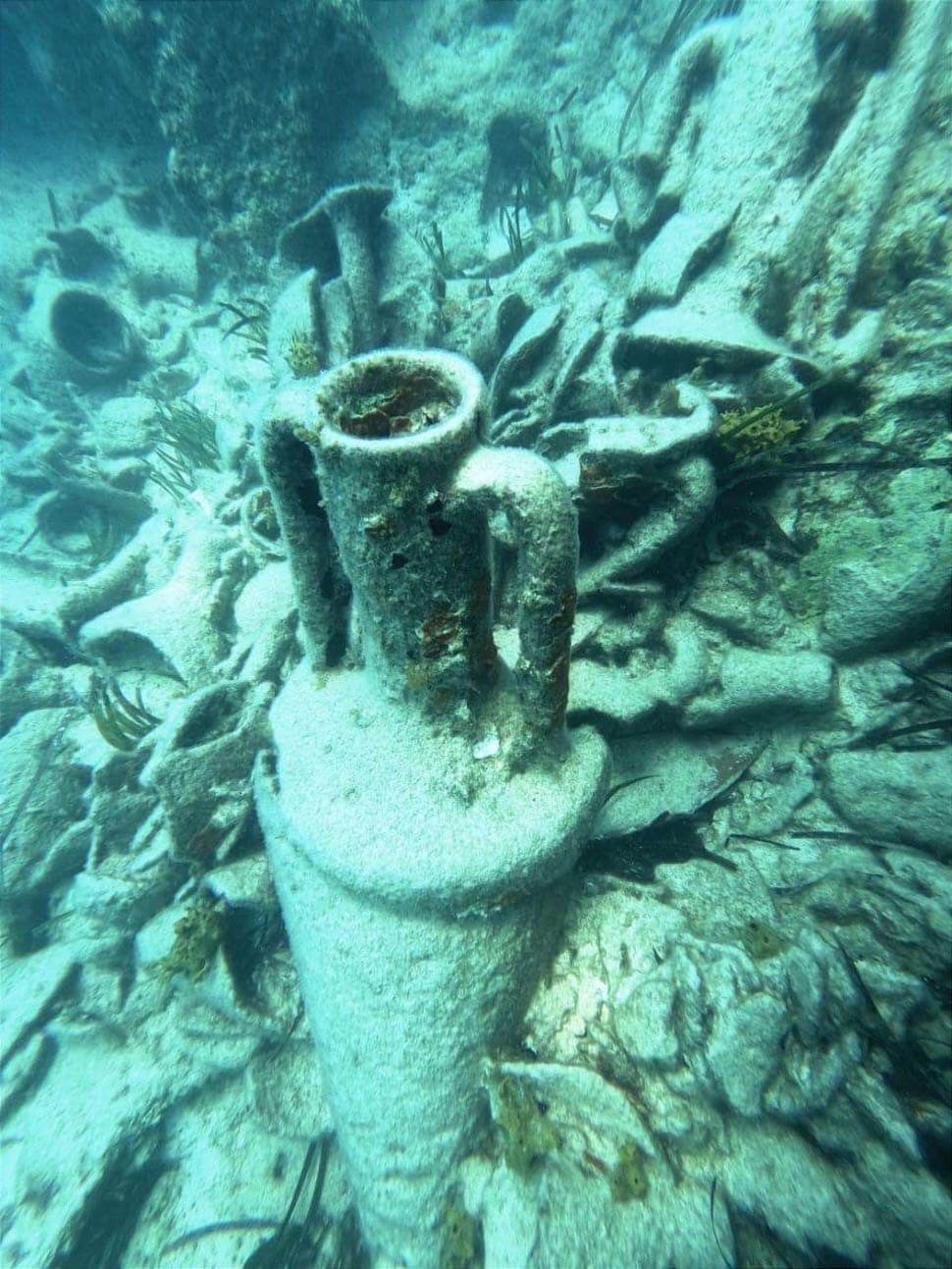
Perhaps one of the most important sites is the Lost City of Thonis-Heracleion, discovered by French archaeologist Franck Goddio in 2000 after years of research. Remarkably well-preserved, the city was one of the world's largest ports, controlling all trade to Egypt. Among the city's ruins, 64 ships, 700 anchors, a treasure trove of gold coins, statues as tall as five meters, and most notably, the remains of a massive temple dedicated to the god Amun-Gereb, were found.
Photo released by Egyptian Ministry of Tourism

